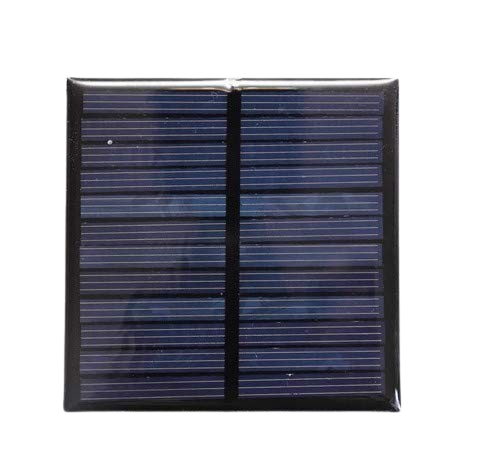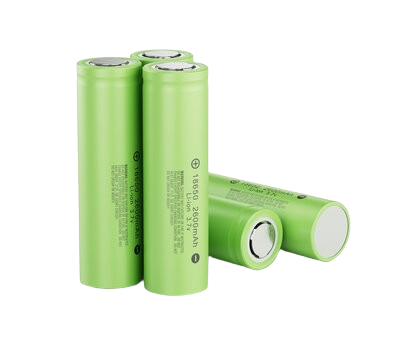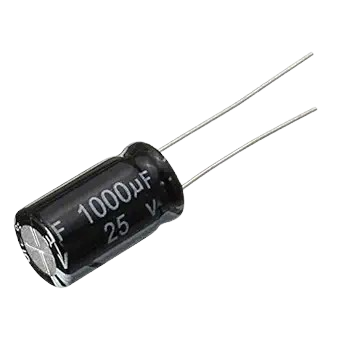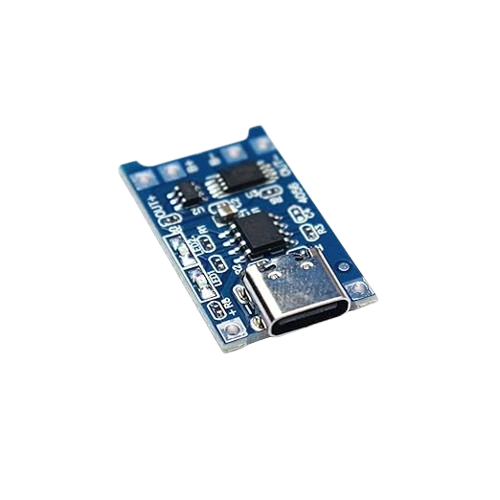Solar Panel: Types, Benefits, Installation Cost, and Maintenance Guide for Home & Commercial Use (2025)

Overview
Introduction
With increasing energy demands and rising electricity prices, solar energy is becoming the most reliable and affordable alternative for homes and businesses. Solar panels harness sunlight to generate clean electricity, reducing dependency on conventional power sources and lowering utility bills.
This blog covers everything you need to know about solar panels – from types, benefits, installation, and maintenance, to a real-world IoT-based solar monitoring system for practical application.What is a Solar Panel?
A solar panel is a device that converts sunlight into electricity using photovoltaic (PV) cells. These are installed on rooftops, open lands, or structures and can power homes, offices, and industrial setups using renewable energy.
How Do Solar Panels Work?
-
Sunlight hits PV cells.
-
DC electricity is generated.
-
Inverter converts DC to AC.
-
Power is used in appliances or sent to grid.
-
Optional battery stores excess energy.
Types of Solar Panels
1. Monocrystalline Solar Panels
- High efficiency (18%–22%)
- Compact size, long life (25–30 years)
- Expensive but space-saving
2. Polycrystalline Solar Panels
- Moderate efficiency (15%–17%)
- Affordable, suitable for large rooftops
- Blue color, square cells
3. Thin-Film Solar Panels
- Flexible and lightweight
- Lower efficiency (10%–13%)
- Ideal for large commercial installations
4. PERC Panels
- Enhanced efficiency with reflective layer
- Best for high-output applications
Key Benefits of Solar Panels
- Slash electricity bills
- Low environmental impact
- Increase property value
- Long life, low maintenance
- Govt subsidies & tax rebates
- Net metering income
Installation Cost in India (2025)
| System Size | Ideal For | Approx Cost (INR) |
|---|---|---|
| 1 kW | Small homes | ₹70K – ₹1 Lakh |
| 3 kW | Medium homes | ₹2L – ₹2.7L |
| 5 kW | Large homes | ₹3L – ₹4.5L |
| 10 kW | Offices/Commercial | ₹6L – ₹8.5L |
Subsidies can reduce cost up to 40%
Maintenance Tips
- Clean panels every 15–30 days.
- Check inverter and cables biannually.
- Monitor system performance using apps.
- Replace inverter battery every 5–8 years.
Real-World Installation Example
System: 3 kW
Location: Jaipur, Rajasthan
Usage: 3BHK with AC, fridge, lighting
Output: ~12 units/day
Annual Savings: ₹25,000+
Govt Subsidy: 30%
Break-even: 4–5 years
Complete IoT Project: "Solar Panel Monitoring System Using ESP32"
Objective:
Monitor real-time solar voltage, current, power output, and panel temperature remotely using Wi-Fi and display it on a web dashboard.Required Components:
- ESP32 Dev Module
- Voltage Sensor (e.g., INA219 or ACS712)
- Current Sensor
- Temperature Sensor (e.g., DS18B20)
- 0.96" OLED Display (optional)
- Wi-Fi Internet Connection
- Solar Panel (1W or higher for testing)
Working Concept:
- ESP32 reads voltage/current from the solar panel.
- Calculates power (P = V × I).
- Temperature sensor measures panel surface temp.
- Data is sent via Wi-Fi to a web dashboard.
- Optional OLED shows local real-time data.
Circuit Diagram Overview:
- Solar panel → Voltage sensor → ESP32
- Current sensor → ESP32
- Temp sensor → ESP32 GPIO
- ESP32 Wi-Fi → Send data to server/dashboard
Arduino Code (Sample):
Output:
- Real-time panel voltage, current, and power display on serial monitor or dashboard.
- Data logging possible using Blynk/ThingSpeak/Home Assistant.
- Helps diagnose low output, temperature drop, or partial shading.
Applications:
- Real-time solar system monitoring for homeowners
- Energy audit for commercial solar plants
- Alert system if panel fails or output drops
Off-Grid vs On-Grid Comparison
| Feature | Off-Grid | On-Grid |
|---|---|---|
| Battery Backup | Yes | No |
| Grid Access | Not Required | Required |
| Cost | Higher | Lower (with subsidies) |
| Best For | Remote/Rural Areas | Cities, Urban Homes |
Govt Subsidy Details
-
MNRE Rooftop Solar Yojana: 20–40% subsidy
-
Eligibility: Residential users only
-
Apply via: mnre.gov.in or DISCOM website
Things to Check Before Buying Solar Panels
- Rooftop direction (south-facing is best in India)
- Minimum 100 sq. ft. shadow-free space
- Inverter compatibility
- Warranty (should be 25 years)
- Govt-approved vendor or installer
Top Brands in India (2025)
-
Tata Power Solar
-
Loom Solar
-
Adani Solar
-
Vikram Solar
-
Waaree
-
RenewSys
Where to Buy
Prices may vary. Click on "Buy Now" to check current availability and pricing.
Administrator
Frequently Asked Questions
Common questions about Solar Panel: Types, Benefits, Installation Cost, and Maintenance Guide for Home & Commercial Use (2025). Find answers to the most frequently asked questions.
User Reviews & Comments
Share your experience with this IoT Blog. Your feedback helps our community make informed decisions!
Share Your Experience
Help others by sharing your thoughts about this IoT Blog.
Related Blogs
Explore more IoT Blogs in the same category

Li-ion Batteries for IoT: Maximizing Performance, Longevity, and Efficiency
Power Supply
Dive deep into the world of Li-ion batteries tailored for IoT applications. This detailed resource covers everything from fundamental principles to advanced optimization techniques. Understand how to choose the right battery, extend device runtime, and enhance overall system reliability, all crucial for your connected innovations.

Capacitors: Types, Working, Applications, Selection Guide & Complete Technical Overview
Power Supply
Discover everything about capacitors in this complete technical guide. Learn capacitor types, working principles, real-world applications, and how to choose the right one for your circuit. Ideal for students, engineers, and electronics enthusiasts seeking reliable, accurate information

TP4056 Battery Charging Module: Working, Features, Pinout & Safe Usage Guide
Power Supply
TP4056 is a compact lithium-ion battery charging module known for its simplicity, safety, and efficient performance. This guide covers its working, features, pin configuration, and safety usage tips, making it ideal for electronics enthusiasts and DIY battery charger projects. Learn how to use TP4056 effectively without overcharging or damaging your batteries.
No Reviews Yet
Be the first to share your experience with this IoT Blog!